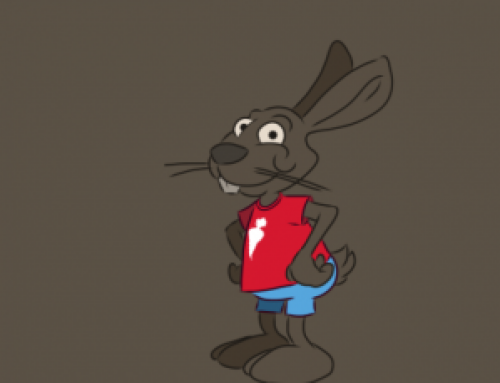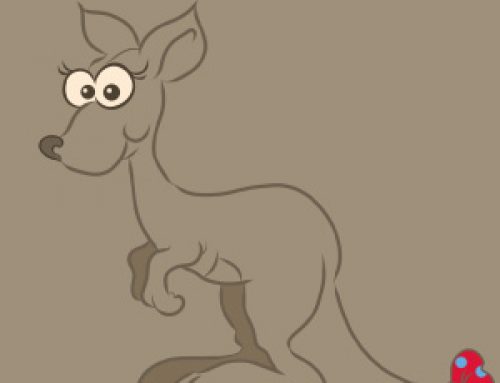Suitable for:
- 1 or more players
- Outdoor or indoor area
- Range of physical literacy: multi movements
- Age appropriate: 3-7 years
Primary physical literacy skills: wriggling on belly, crawling,
balancing, jumping, core strength, mobilising joints
Make it happen
 Pretend to go on a bug hunt where the children make movements on-the-spot to represent different mini-beasts.
Pretend to go on a bug hunt where the children make movements on-the-spot to represent different mini-beasts.- Once they have had fun inventing and practising all the ideas, put a sequence together with them that they can repeat a few times.
- If you have a suitable indoor/outdoor space, then go on a journey all around the area where the children change into the different mini beasts every few metres or every 20 seconds.
- If you have limited space then the children can go back and forth over the same piece of ground whilst pretending they are exploring a big area.
Some mini beast ideas:
- Worm – wriggling along the ground on tummy, rolling sideways with body outstretched (not forward roll)
- Centipede – crawling on hands and knees (make sure surface is appropriate for knees)
- Ant – crawling quickly on hands and feet
- Beetle – balance on hands and knees and then lift one hand off ground and stretch out in front, now lift one knee off the ground and stretch out leg behind; repeat both with other hand and leg (5-7yrs: lift and stretch out opposite arm and leg at the same time for extra balance challenge)
- Stick insect – stand upright and balance on one leg with arms sticking out like twigs; repeat with other leg (5-7yrs: close eyes for extra balance challenge)
- Butterfly – with palms facing forwards, flap arms from back of body to front
- Bumblebee – pull elbows into waist and flap hands up and down with palms facing down
- Dragonfly – stretch arms out to the sides and flap up and down with palms facing down
- Flea – start by lying flat on tummy and then push up and jump into the air, land in a crouch and then jump up again from the crouch position
We provide this list only as a guide of what parents/carers may wish to consider. Please also read our general guidelines on the Parents/Carers Information page.
- Ensure that the movements the children are performing are suitable for the space you have available.
Expand the headings below for suggestions to make more use of this activity and keep you and your children coming back for more
- Look at different insects in an animal book or online with the children and try to invent movements for them.
- Can the children invent their own mini beasts? What movements could they do?
- What noises could the mini beasts make? Producing sound while exercising is fun and can help children develop body confidence (as making sound can help them feel assertive).
- Can you and the children make any costume pieces to represent the different mini beasts?
Leaper’s theme: Jumpy takes us on a tour around his garden. All of the bugs are his friends and he introduces them to us. There are many animals that eat bugs, so every time someone shouts ‘watch out!’ we either freeze, crouch down, lie down or find somewhere to hide.
Please also read our general guidelines on the Parents/Carers Information page.
- Call out different mini beasts in a random order, how quickly can the children react?
- Take it in turns for each child to make up a new mini beast and movement for the others to copy. How many can they create before they run out of ideas? Can they remember the whole sequence?
- If you have space, then lay out a course that the children can race each other as the different mini beasts. A course could just be moving back and forth between 2 points, e.g. they move to one end as a beetle and come back as a dragonfly.
- If you have children of different ages/abilities then you can make the course different lengths to even it out.
Please also read our general guidelines on the Parents/Carers Information page.
- Always make sure whatever equipment you are using is safe and appropriate for that use.
- Think of how an object could relate to a mini beast in an imaginary way.
Some ideas: drinking straws could be held as antennae, holding a clean hankie or a sheet of kitchen paper in each hand could act like wings, a marker spot could be a flower that a butterfly goes to visit, a football could be a grain of soil that an ant has to roll, etc
Please also read our general guidelines on the Parents/Carers Information page.
- Ensure that each time the children perform a sequence of movements, that there is a range of movement types (e.g. if they act out lots of flying creatures with their arms then they also need to be walking/skipping/hopping/jumping/leaping/galloping/side-stepping/running to exercise their legs).
- Encourage children to keep using different parts of their bodies and changing levels (e.g. a movement at ground level, a movement that is crouched, a movement that is upright and a movement that involves jumping and landing.
Please also read our general guidelines on the Parents/Carers Information page.
Printable PDF download here
Use of the resources
This move to improve resource is provided as a guideline only for parents and carers who wish to supervise physical activities for their children. Users of this resource have a duty of care to ensure the safety of their participants. We do not endorse the use of any content in this resource that a user feels may present a risk to the safety or well being of the children in their care.








